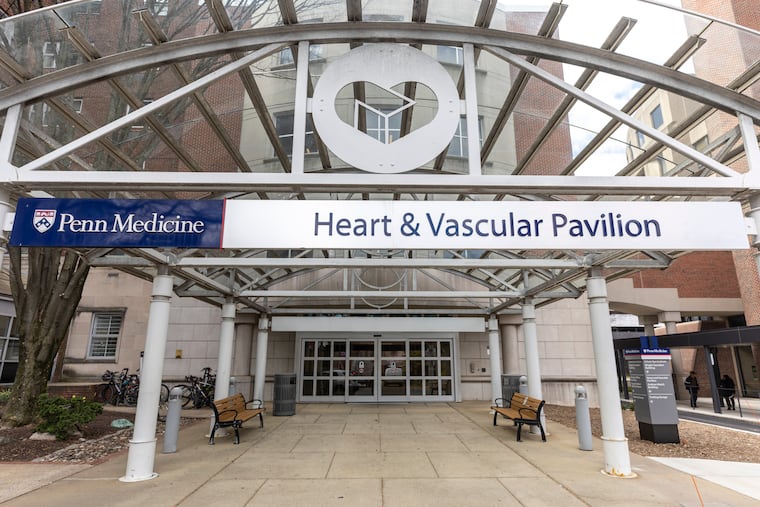Penn’s health system reported $117M operating income for first half of fiscal 2025
Revenue at Penn's health system was up 10.5% to $5.8 billion in the six months ended Dec. 31.

The University of Pennsylvania Health System reported operating income of $117 million in the first six months of fiscal 2025, about the same as in the year before, according to a report to bondholders Thursday.
Revenue at the six-hospital system was up 10%, to $5.81 billion from $5.26 billion.
Penn owns three Philadelphia hospitals: the Hospital of the University of Pennsylvania, Presbyterian Medical Center, and Pennsylvania Hospital. Its other hospitals are Lancaster General in Lancaster, Chester County Hospital in West Chester, and Princeton Medical Center in Plainsboro, N.J.
A pending deal will add Doylestown Hospital in Bucks County to Penn’s network. That acquisition is expected to be completed in the spring.
Here are some details from Penn’s results:
Revenue: Penn is seeing revenue gains from increases in the volume of “higher-complexity surgical cases like cardiac surgery, neurosurgery, transplant, and oncologic surgery,” the health system’s chief financial officer, Julia Puchtler, told members of the University of Pennsylvania board of trustees Thursday. Infusion therapy is another area of solid growth, she said.
The system has seen some shortfalls in orthopedic surgery and general surgery. The hospital industry as a whole, including Penn, is experiencing a decline in bariatric surgery amid widespread use of GLP-1 drugs for weight loss, she said.
Expenses: Puchtler noted in her presentation Thursday that labor cost as a percentage of patient revenue was flat, as was the number of employees per occupied bed. Supplies as a percentage of revenue climbed as a result of growth in pharmacy programs, she said.
Notable: The board approved up to $16 million for the expansion of the health system’s specialty pharmacy, which is located near Philadelphia International Airport. The project will more than double the size of the pharmacy to 13,200 square feet from 5,500 square feet.
At the beginning of Thursday’s budget and finance committee meeting, Penn’s vice president for finance and treasurer Mark F. Dingfield spoke generally about the financial threat Penn faces from governmental changes by the administration of President Donald Trump. They included the potential loss of nearly $250 million in NIH funding.
“Penn receives over a billion dollars a year in federal funding to support research, clinical trials that improve and save lives, and critical programs like our Pell grants that make it possible for students to attend Penn,” he said. “It is clear that if some of these policies were to come into effect, our financial outlook could change significantly, and we’d be facing some very difficult choices on how to manage our costs going forward.”
Already, Penn administration has told department chairs to cut doctoral student admissions by a third for next year.